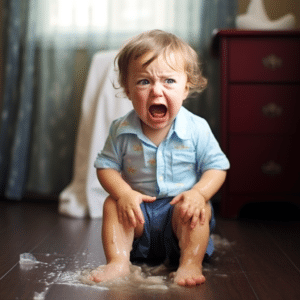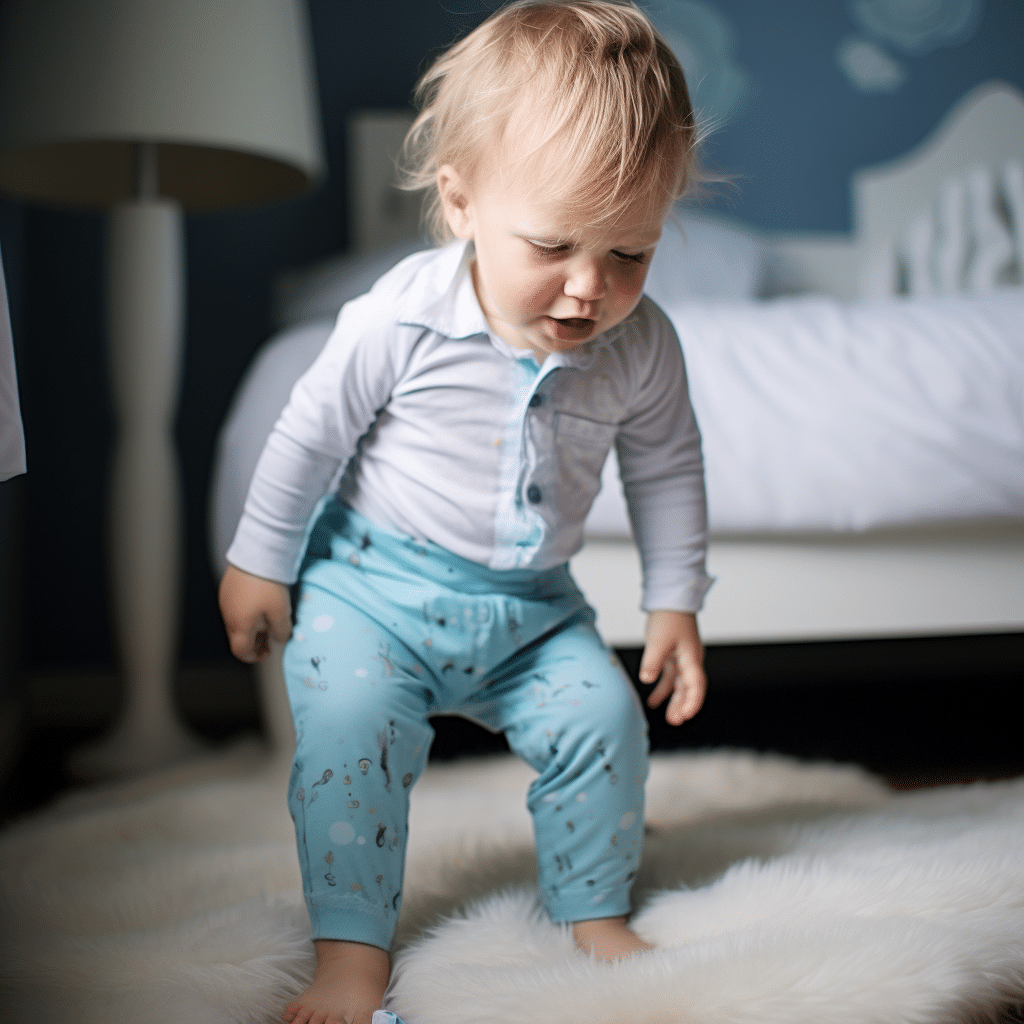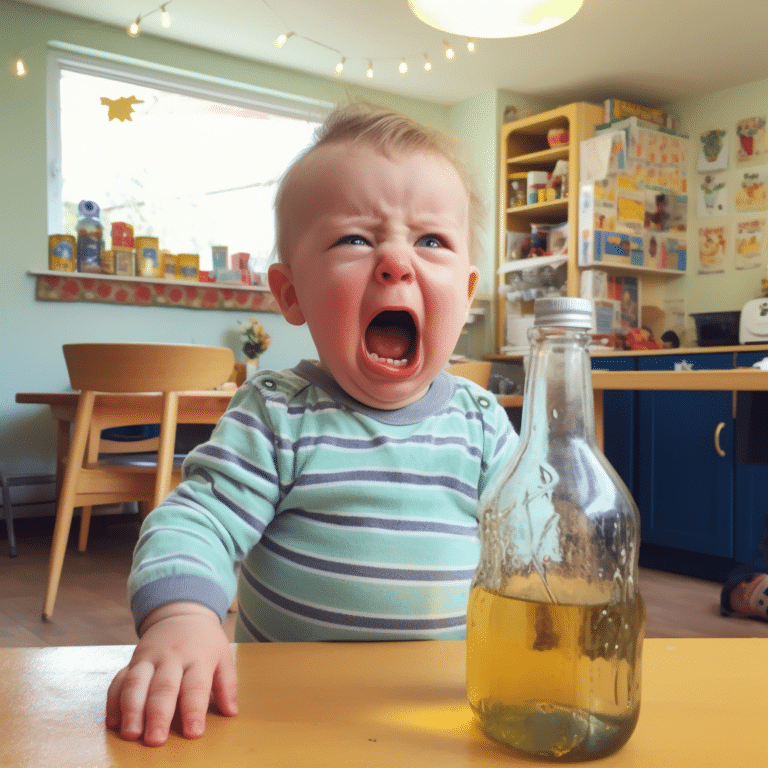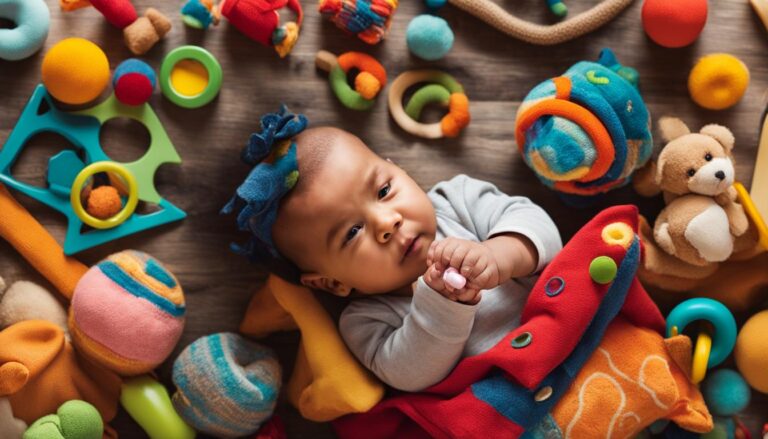Preventing Baby Boy Pee During Diaper Changes
Baby Boy Pee During Diaper Changes When changing a baby boy’s diaper, you are likely to make several discoveries. One of them is that anytime you remove a diaper the boy tends to pee. Due to the structure and position of the penis, the pee is most likely to splash onto your face and clothes, and onto the surroundings.
The main reason baby boys pee when they’re being changed diapers is that cold air hits their lower belly and makes them have an urge to urinate. When exposed to the cold, the body gets into fight mode and releases warm urine to protect itself from the attacker, cold. First-time parents and nannies tend to get worried when they encounter the reaction, but it should not be a cause of alarm.

Tips on How to Prevent Baby Boy Peeing During a Diaper Change
It may not be possible to completely stop this natural phenomenon, but a few methods can help deal with it.
The Warmth Method
Keep the boy warm during the diaper change. To avoid the sudden change in temperatures, keep the changing room. You may need a heater in the room to keep your baby warm throughout the nappy change to prevent the baby from getting the urge to pee. You can also warm wipes before use by either using wipe warmers or putting the wipes in your hands to absorb heat before the diaper changes. The warming up may prove challenging during a night diaper change and trips but it is still doable.
The Timing Method
Just like grown-ups, as babies get old they begin to hold it while sleeping. Try avoiding a diaper change right after your son wakes up to avoid getting peed. However, this might not be practical during nighttime changes. You should wait for a few minutes to give him time to pee. Learning his habits will come in handy in your attempt to avoid those splashes!
Observation Method
After a few diaper changes, you will be able to pick out telltale signs that the boy wants to pee. For first-time moms, it might take a while to master some of these signs but relax you will soon learn, maybe the hard way. These signs may include;
- The penis will straighten up right before the pee. Get a cover immediately, or else you will get a splash.
- Fussy. Some babies get fussy when they are about to release the jet.
- Noises. Your baby may make a specific noise when about to pee.
- Crying. A baby may cry when they want to relieve themselves
- Facial expression. After observing the child for a while, you will be able to note the facial expression he makes before peeing.
- Dry Diaper – This might sound obvious, but if their diaper is dryer than usual during change, there is a good chance they will pee.
Speed up Method
The majority of parents prefer to just speed up the process of the nappy change and not give the baby a chance to pee. To achieve this, collect everything you need including diapers, cream, wipes, and any other item required before starting the process. This method may not work for a poopy change that is more involving. The speed also may deny you a chance to bond with your boy.
The Cold Method
In this method, one opens the nappy or diaper to let in some cool air but then closes the nappy over again. Alternatively, rub across the baby’s belly with a cold wipe. This exposure to cold will cause your baby boy to pee instantly which means they won’t spray you with pee halfway through the nappy change.
You could also throw a wet washcloth in the freezer for a minute and then place it under the edge of the diaper. This will make the boy pee. Avoid excessive exposure that can be harmful to the baby’s health.
Distraction Method
Whether you choose to sing, talk to the baby or hand them a toy, distracting your baby might help them hold onto the pee. This is one of the least productive methods in an attempt to prevent a boy from peeing during the change. What might change is that they will pee while smiling at you!
The Shield and Cover Method
As soon as you open the diaper, place a towel, wipe, or clean the diaper on the penis to catch any pee. Place a dry diaper or cloth beneath your baby’s bottom before the change. This acts as a shield. The cover won’t prevent him from peeing but it will contain the pee and prevent it from spraying onto you and the surroundings.

Be Prepared for any Eventuality
Things may not always go as planned, especially when it comes to a call of nature. Misses will be so often. To be prepared for such misses, you can have a cloth or towel at hand in case the baby pees. Also, consider a changing area that can be wiped easily. The couch or bed may be a good changing space but ensure you protect them with something made of baby-safe plastic or rubber that can’t let any urine get past it onto delicate surfaces.
Use of a pee-pee teepee
As the name suggests, these little cotton teepees are designed to keep pee from being sprayed across the room by little boys during nappy changes. In case they pee, the cone-shaped material should catch it. There are mixed reviews on its effectiveness but it might not be harmful to give it a trial.
In conclusion, you might not completely prevent a baby boy from peeing during diaper change for it is a natural phenomenon. However, the above-discussed methods might help reduce the cases of such occurrences during diaper change times.
When an accident occurs, wipe the mess and get ready for the next change and maybe another accident too! A pee splash should not take away the joy of parenting, diaper change will soon be a story in the past.






